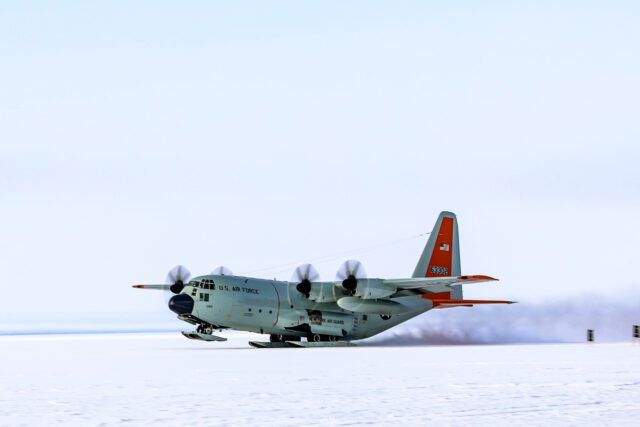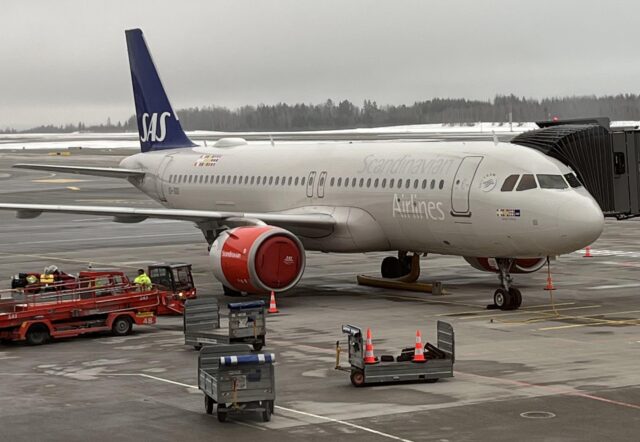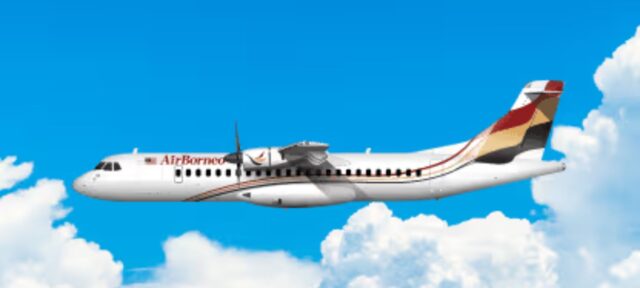Amsterdam Schiphol Airport develops autonomous robot for aircraft-to-GPU connections

November 25, 2025
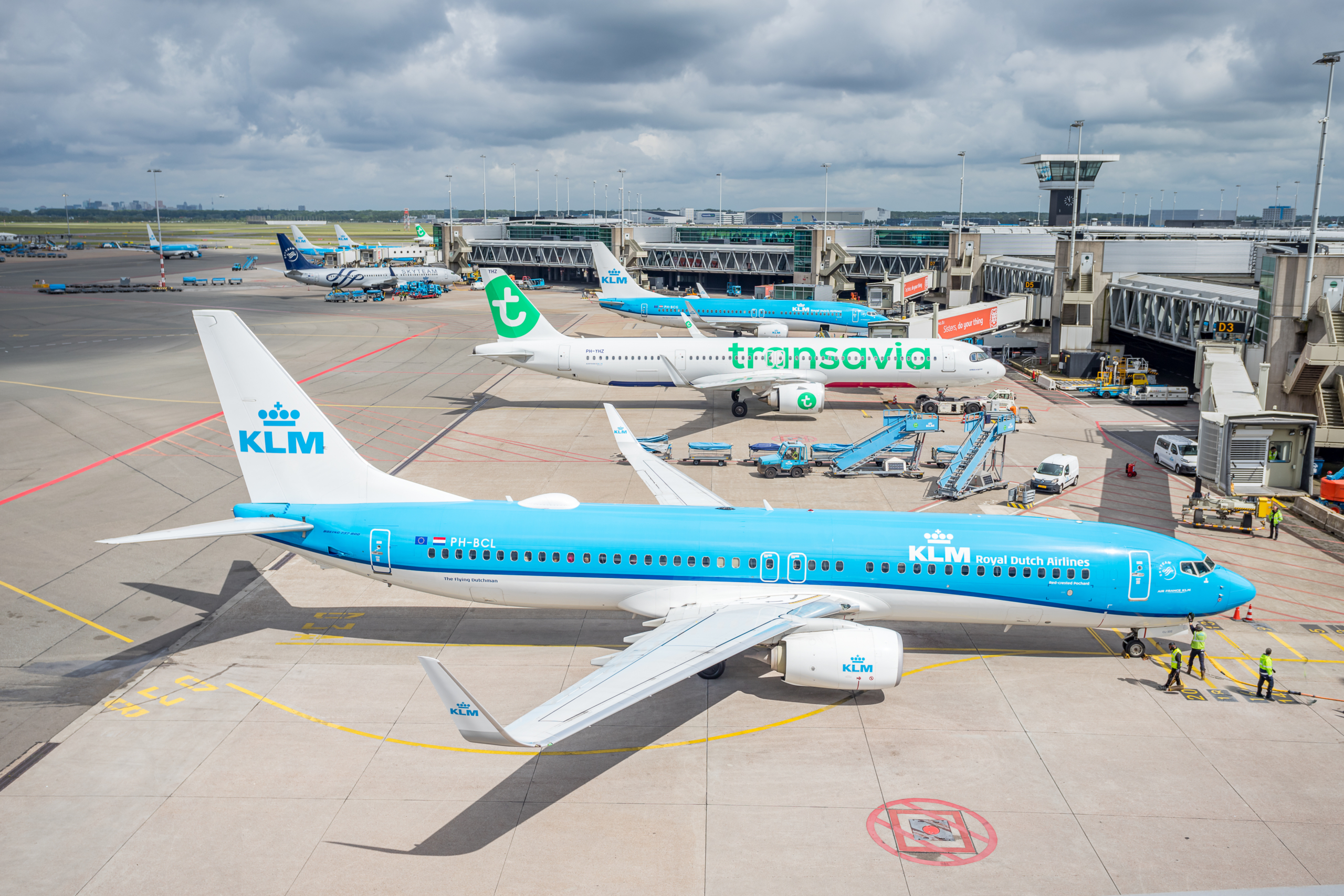
Amsterdam’s Schiphol Airport is developing a new robotic solution for connecting aircraft to a ground power unit. The solution is being developed to increase apron safety, decrease turnaround times and reduce the impact of harmful emissions on airport ground staff.
The robot, known as ARC (Autonomous Robot for GPU Connection), is being developed in conjunction with specialist robotics firm NEURA, which is developing the pioneering technology to autonomously connect ground power units (GPUs) to aircraft without any human intervention.
Who is NEURA Robotics?
NEURA Robotics, based in Germany, is a pioneer in cognitive robotics – machines that can see, hear, and sense touch, learning from each autonomous operation.

Amsterdam Schiphol Airport decided to collaborate with NEURA due to its “innovative approach to use existing proven technology to quickly validate risky assumptions as well as work simultaneously across various domains like AI, navigation, software, mobility and engineering”.
The problems Schiphol wants to solve
Connecting arriving aircraft to ground power is a critical step in the docking process and essential for maintaining onboard systems while engines and auxiliary power units (APUs) are shut down.
The use of GPUs, which provide electrical power to air conditioning and lighting systems to the aircraft while the engines are not running, saves fuel and prevents emissions that negatively affect air quality.
Traditionally, ground-handling staff perform this connection task, but airports worldwide face chronic staff shortages and high physical demands. Additionally, the process of connecting the GPU takes time and diverts labour away from other turnaround activities, particularly when there is a shortage of ground staff at an airport.
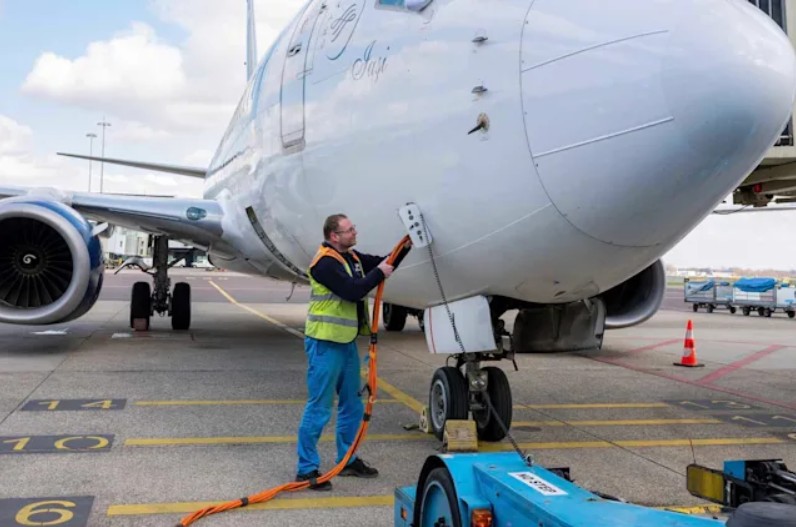
According to Amsterdam Schiphol Airport, such staff shortages and the heavy physical strain involved in positioning the GPU by the aircraft nose often result in delays, avoidable emissions, and decreased operational performance.
The physical strain of manually handling heavy cables and operating access panels is also contributing to workforce attrition, compounding the staffing issues, according to an airport statement.
Additionally, shortages in manpower on aircraft turnarounds can subsequently lead to delays, a deterioration in airline on-time performance, and force aircraft to run their engines at idle power for longer, burning fuel unnecessarily. This results in avoidable emissions and reduces operational performance.
Amsterdam says automation is the answer
Schiphol’s in-house innovation team had recognised that automating this process could not only improve efficiency but also create a healthier work environment and reduce aviation’s environmental footprint.
As a result, the team set about automating the GPU connection process to tackle these issues.
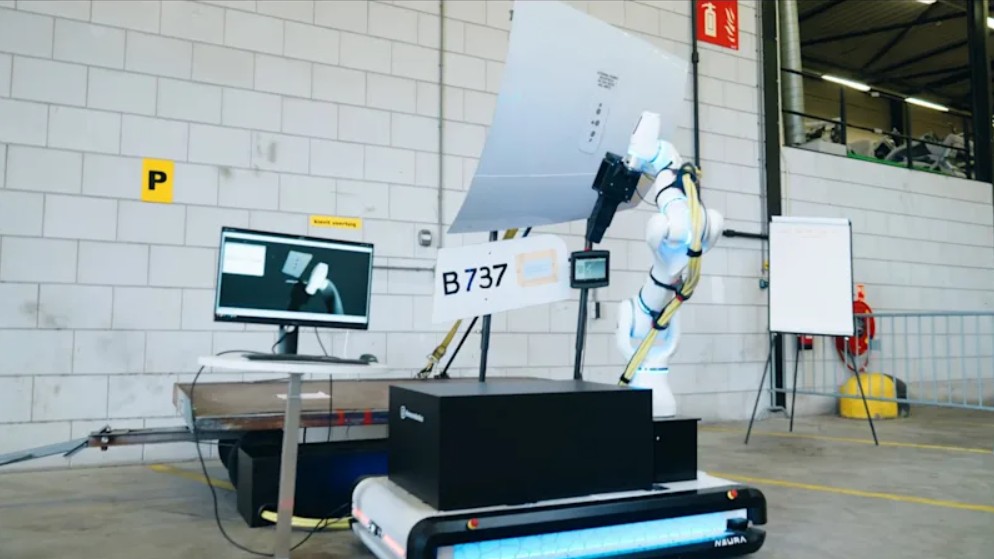
The development of the ARC robotic platform is just part of the bigger initiative being employed by the airport called ‘seamless inbound flow’, which aims to automate the entire docking process in the future.
ARC provides a robotic solution
Working alongside home airline KLM and NEURA Robotics, Amsterdam is developing ARC as a proof-of-concept scenario. It is hoped that the technology being developed will validate assumptions being made, such as the robot picking up and dragging the power cable, detecting and opening the aircraft’s access panel, and installing the cable into the socket, ensuring the aircraft itself is receiving ground power.
The ARC robot uses advanced sensors, paired with a fully robotic arm, and innovative suction technology to perform these tasks safely and efficiently, even overcoming challenges like cable management (entanglement) and aircraft GPU nose panel access.
With trials of the ARC technology currently being undertaken, Amsterdam Schiphol Airport reports that its proof of concept technology has shown that autonomous connecting is not only possible but can significantly change the way that ground workers at the airport operate by introducing robots to the apron environment.
“We gathered universal, type-agnostic insights and data to guide future development, and identified key challenges, risks, and training needs for scaling robotic solutions in aviation,” said the airport.
According to NEURA Robotics, the ARC robot can already perform the following tasks –
- Cable Handling: Picking up and dragging the heavy power cable from its station to the aircraft.
- Navigation: Using radar-assisted Light Detection and Ranging (LIDAR) sensors, ARC can navigate hazards on the busy apron, avoiding obstacles and positioning itself precisely at the aircraft’s access panel.
- Panel Operation: Aircraft access panels are often secured with multiple buttons. ARC’s gripper, equipped with a computer vision system, identifies the correct panel and uses a custom-designed ‘pricker’ with suction technology to press buttons and fully open the panel.
- Connection: ARC then inserts the cable into the socket, completing the connection without human intervention.
While developing the technology, the NEURA team developed solutions to various technical hurdles, said the company.
”For example, the cable’s position in the robot’s safety zone initially prevented movement. The team solved this by mounting the cable from a height, creating a parabola that kept it outside the safety zone, allowing ARC to move freely while dragging the cable.”
Demonstrating ARC’s capabilities
Amsterdam Schiphol Airport, along with NEURA and KLM, recently demonstrated the ARC robotic platform at an event in Amsterdam to showcase the project so far and the capabilities of the ARC robotic platform.
In attendance at the event were stakeholders, global partners, airports, airlines, and ground handling companies.
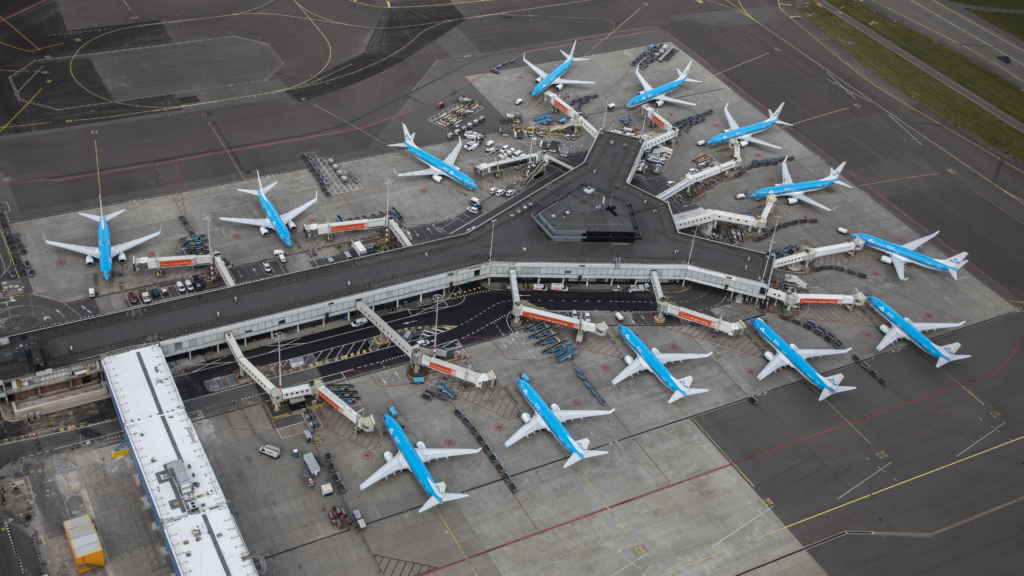
According to the partners, “the feedback was overwhelmingly positive, and we are now looking to further develop and scale this technology worldwide. ARC proves that our vision of autonomous ramp operations can become the future, making aviation more efficient and environmentally sustainable.”
Featured image: Jason Wells / stock.adobe.com
